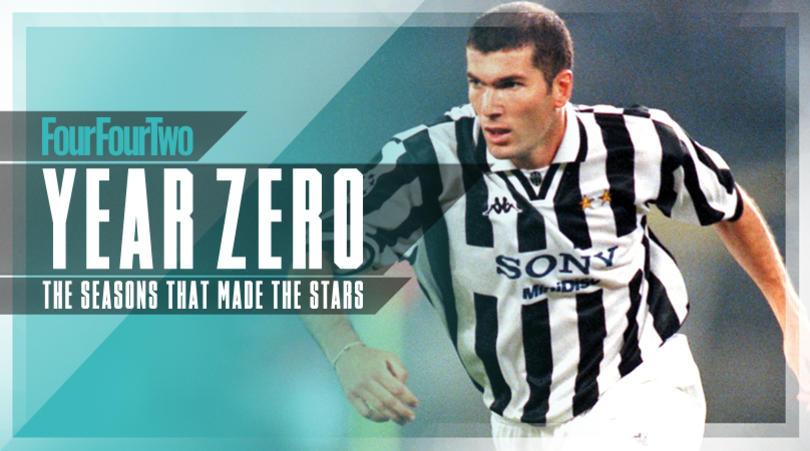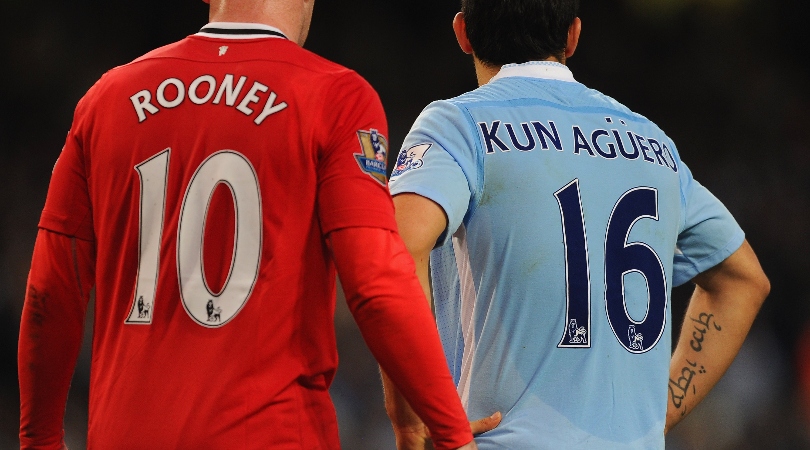Year Zero: The making of Gareth Bale (Tottenham, 2010/11)
In 2009/10, the Welshman had narrowly escaped a move back to the Championship. Then came the campaign that changed everything...
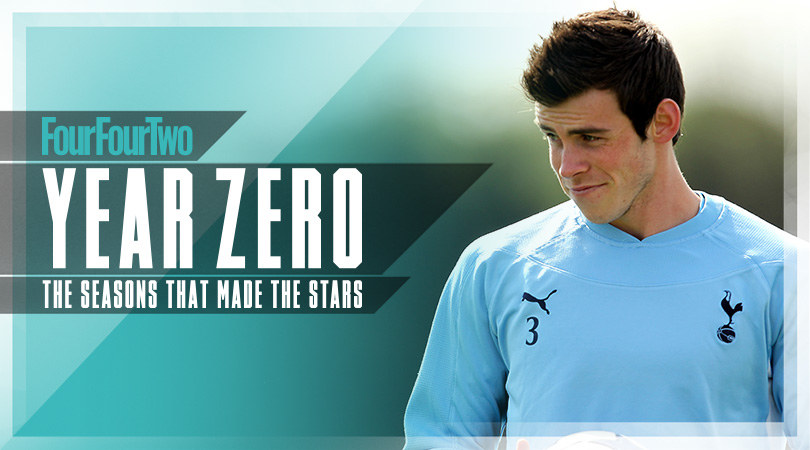
Football owes a great debt to Benoit Assou-Ekotto’s groin.
Everybody’s favourite laissez-faire left-back had started all of Tottenham's 20 Premier League matches in the 2009/10 season, and Gareth Bale none, when the Cameroonian left the field with a groin strain in the dying minutes of a win over West Ham on December 28, 2009.
Over the next two months Bale – the misfit; the hex – stepped in and stepped up, to the point that when Assou-Ekotto returned, his young stand-in was moved forward to the left wing.
Then Bale scored in back-to-back wins over Arsenal and Chelsea as Spurs qualified for the 2010/11 Champions League. And then Inter came to town.
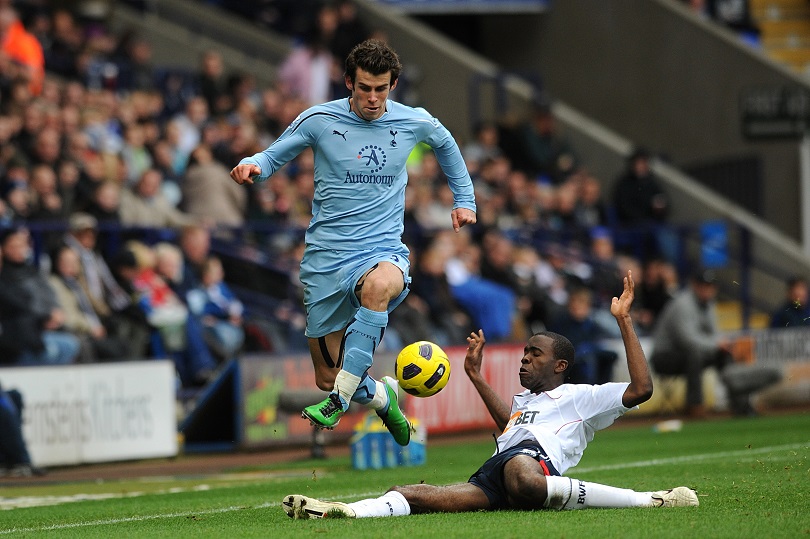
From running jinx to jinking runs
Far too much is made of the Welshman’s early reputation as a bad luck charm, but it’s nonetheless true that, before 2010, Bale was best known for Spurs not winning in any of his first 24 league appearances. It was nothing more than unfortunate timing in an unformed team in an unforgiving league, though it was enough for manager Harry Redknapp to admit: “It bothered me. Alex Ferguson said to me, ‘You can’t pick him’ and I said, ‘It is difficult'.”
It was even more difficult for Bale. He’d already had to contend with a serious ankle injury, then a knee operation in 2009, as well as rumours that his manager was open to offers – rumours confirmed by several figures. Redknapp strenuously denies them now, however, revising history to the point that he insists: “I predicted he’d be our Cristiano Ronaldo; I’d always felt there was more to Gareth than left-back”, despite having said repeatedly throughout 2010 that Bale’s future was at left-back because “he hasn’t really got a trick to beat somebody”. And now this so-called ‘jinx’.
Get FourFourTwo Newsletter
The best features, fun and footballing quizzes, straight to your inbox every week.
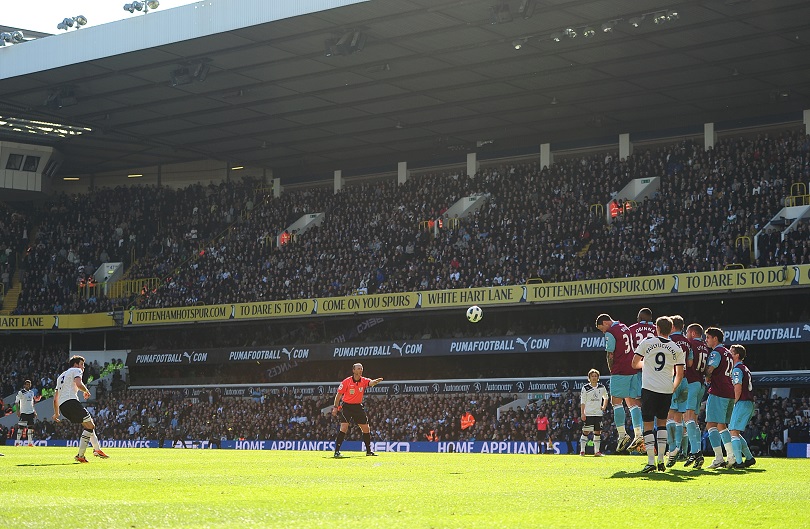
By the summer of 2010, however, that was no longer in anybody’s thoughts. Bale had shown what he could do, winning Premier League Player of the Month in April. Ahead of the new season he admitted: “It was a bit annoying that people went on about that statistic, but it didn’t affect me at all. It was just one of those things that freakily happened. This has been the first time you’ve really seen me as a player, playing all of the time. I was given my chance and I’d like to say I took it.”
In 2010/11 he kept taking that chance. On the opening day, Bale was relentless as Spurs battered Manchester City only to draw 0-0 thanks to a Joe Hart masterclass (back when that was a thing that happened). A week later, he scored twice in a win at Stoke, the first goal rebounding in off his chest and the second… well. To say Bale won goal of the month for a volley is to say Leonardo da Vinci received positive feedback for the Mona Lisa. When the volley connects, Bale’s left foot is level with his chin, his body pointing in three directions at once. It’s a strike of pure technique.
Meanwhile, Spurs had embraced the Champions League with a devil-may-care attitude as entertaining as it was self-destructive. They went 3-0 down to Young Boys in the play-off before progressing 6-3 on aggregate, drew with Werder Bremen after leading 2-0, then beat Twente 4-1 despite having a man sent off (one of three red cards for Spurs in their 12 Champions League games that season, to go with 25 goals scored and 19 conceded). Up next was a trip to the San Siro.
Taxi for Maicon
There are a few misconceptions about Tottenham’s two meetings with Inter that season, in which Bale announced himself to a world beyond the Premier League.
One is that right-back Maicon was past his best and Inter, managed by Rafa Benitez after Jose Mourinho’s departure, were vulnerable. In fact, the treble-winners were challenging for the title again and Maicon, 29, had been one of the 23 Ballon d’Or nominees that year.
Another misconception is that in the 4-3 defeat in Italy, Spurs having trailed 4-0 at half-time after Heurelho Gomes’s red card, Bale’s hat-trick was just about stamina.
In fact, only once across two legs did Spurs score directly from the 21-year-old beating Maicon for pace and that was in the 52nd minute, though he’d already caused his marker problems before then, even winning a free-kick for Harald Schumacher-ing the Brazilian in the midriff. Nor was it a case of simply outsprinting Maicon: each of Bale’s three strikes came from a perfectly placed shot – two of them taken while running at full pelt – and goal No.2 began with Bale himself intercepting a loose Lucio pass in the Spurs half. No.3 followed Aaron Lennon’s fine, driving run.
Lastly, Bale was actually better in the home leg a fortnight later, when he didn’t score once. Spurs led through former Real Madrid midfielder Rafael van der Vaart, following some delightful work from future Madrid midfielder Luka Modric, yet the Cardiffian ran the show.
Twice he roasted Maicon to set up Peter Crouch to no avail, the striker missing from five yards and then having a goal ruled out, before Crouch converted a beautifully precise cross once 19-year-old debutant Nwankwo Obiora had been left for dust. Finally Bale just punted the ball 50 yards (no exaggeration) past Lucio and, with his next touch, assisted Roman Pavlyuchenko to make the score 3-1.
Bale wasn’t hailing a taxi for Maicon. He was signalling for a plane to land and take the whole Inter team home.
The injuries return
From that point on, Bale was a marked man. Tottenham’s visit to Bolton four days later was turned into an investigation of how right-back Gretar Steinsson could possibly stop him. Steinsson said he “just had a really good chicken korma and relaxed on the eve of the game”, and Bolton won 4-2 in the face of spectacular strikes from Pavlyuchenko (!) and Alan Hutton (!!).
Nevertheless, that pair of pulsating performances against the Champions League holders had given Bale confidence anew. Perhaps they’d also instilled an urge to show people that he was blessed with more than just speed: a November brace against Blackburn, for his first and second league goals since that double against Stoke 11 matches earlier, included a striker’s header at the near post. A week later, the Spurs No.3 led a remarkable comeback from 2-0 down in the north London Derby, helping his team to their first win away at Arsenal in 17-and-a-half years.
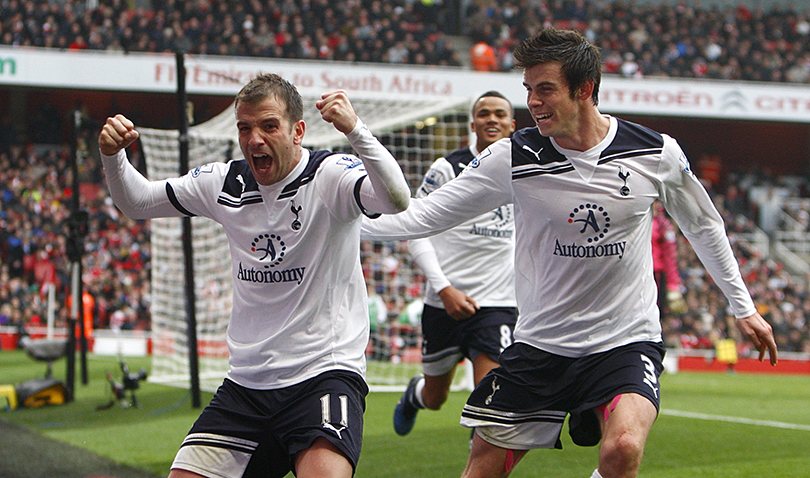
Unfortunately for Spurs and a rudderless Welsh national team, the rest of Bale’s 2010/11 campaign couldn’t match his autumn peak. Indeed, he scored only two more goals in 21 games between that Emirates victory and the end of the season, and contributed neither a goal nor an assist after New Year’s Day.
The problem was that while he was scintillating when 100% fit, those days became rarer. A January trip to Newcastle saw Bale in defence for once, only to be forced off after 10 minutes and miss the next eight games with a back injury. He was withdrawn through injury twice more before the season’s end, first at half-time in a breathless 3-3 draw with Arsenal after a double clobbering by an unwitting Wojciech Szczesny, then as a victim of the entirely witting Charlie Adam in one of the Scotsman’s numerous attempts on his life.
It was testament to Bale’s performances when fit and firing that despite these setbacks, he was named 2010/11 PFA Player of the Year.
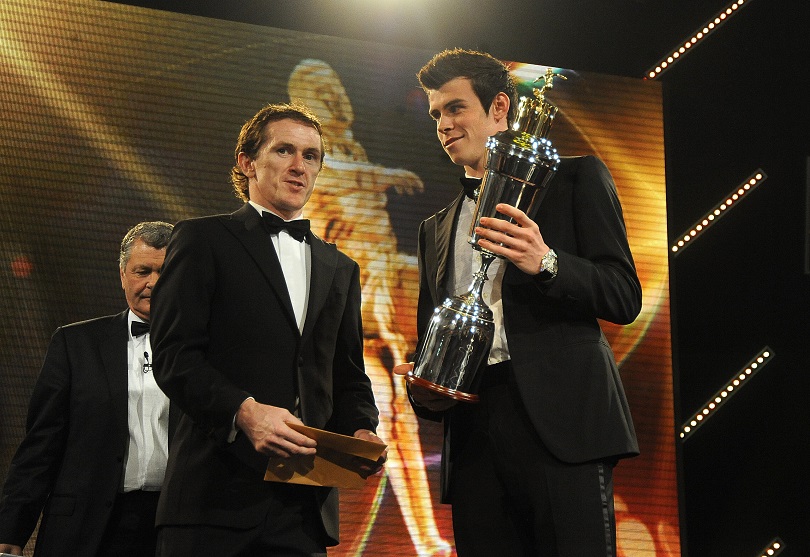
Bale 2010/11 vs Bale 2016/17
As incredible as he was, 2010/11 didn’t even see the best version of Gareth Bale at Spurs. That came in his final season, 2012/13, when the Welsh wizard was scoring every kind of goal and repeatedly saving Andre Villas-Boas’s outfit by wanging one in from 30 yards.
Yet watching a 21-year-old Bale in full flow, cutting defenders to ribbons with his direct, pacy runs to goal, was an almost life-affirming experience. His displays made supporters and neutrals alike sit on the edge of their seats, then stand without realising it, then topple into the row in front. A streak of lightning, clad all in white, who seemed to disappear and reappear in a different position nanoseconds later – this was a natural phenomenon.
He’s a different player now. Just as the world-famous touring band treats their fans to a song from the album that made them, he occasionally pays tribute to the old Bale: that ludicrous winner against Barcelona in the 2014 Copa del Rey Final, for instance, which came six weeks after he’d scored the exact same goal for Wales against Iceland.
And the Gareth Bale of 2016/17 is a more complete player, of course, not to mention a far better one. But he’ll never be quite as exhilarating as he was in that 2010/11 season – the season that made him.
Huw was on the FourFourTwo staff from 2009 to 2015, ultimately as the magazine's Managing Editor, before becoming a freelancer and moving to Wales. As a writer, editor and tragic statto, he still contributes regularly to FFT in print and online, though as a match-going #WalesAway fan, he left a small chunk of his brain on one of many bus journeys across France in 2016.
